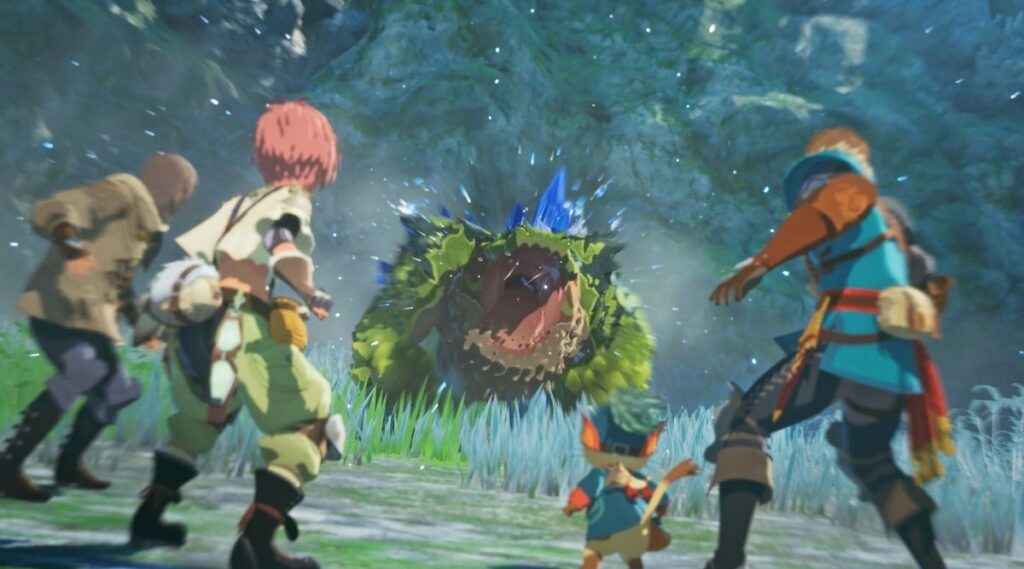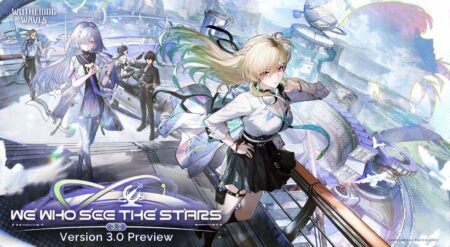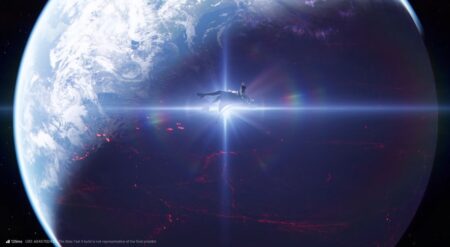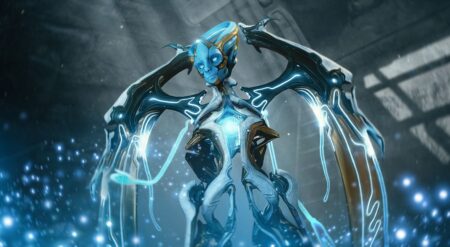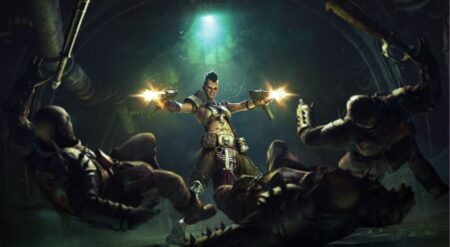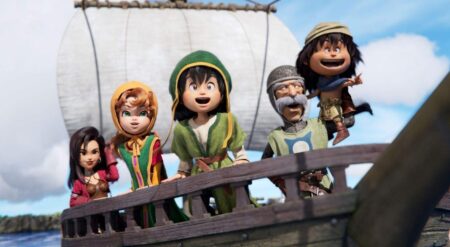Monster Hunter Stories 3: Twisted Reflection marks the third entry in Capcom’s RPG spin-off series, which began back in 2016 as a more approachable, story-driven alternative to the mainline Monster Hunter games. Unlike the traditional hunt-and-craft formula, Stories puts you in the shoes of a Rider, forging lasting bonds with Monsties and diving into a turn-based system that emphasizes party synergy, leveling, and strategy.
With Monster Hunter Stories 2: Wings of Ruin in 2021, the series found a wider audience and a recipe for success on the next-gen console. Now, with Monster Hunter Stories 3 arriving in March 2026 and built with the new Nintendo Switch 2 in mind, Capcom is clearly aiming to push the subseries further. After going hands-on at Tokyo Game Show by the Bay 2025, it’s clear the foundation is stronger than ever.
Monster Hunter Stories 3 follows two adversarial kingdoms, Azuria and Vermeil, locked in conflict as they face an environmental disaster called Crystal Encroachment. Players take on the role of Azuria’s heir, who teams up with Princess Eleanor of Vermeil to combat the threat and ease tensions between their kingdoms.
Monster Hunter Stories 3 is a huge step up for the series visually.
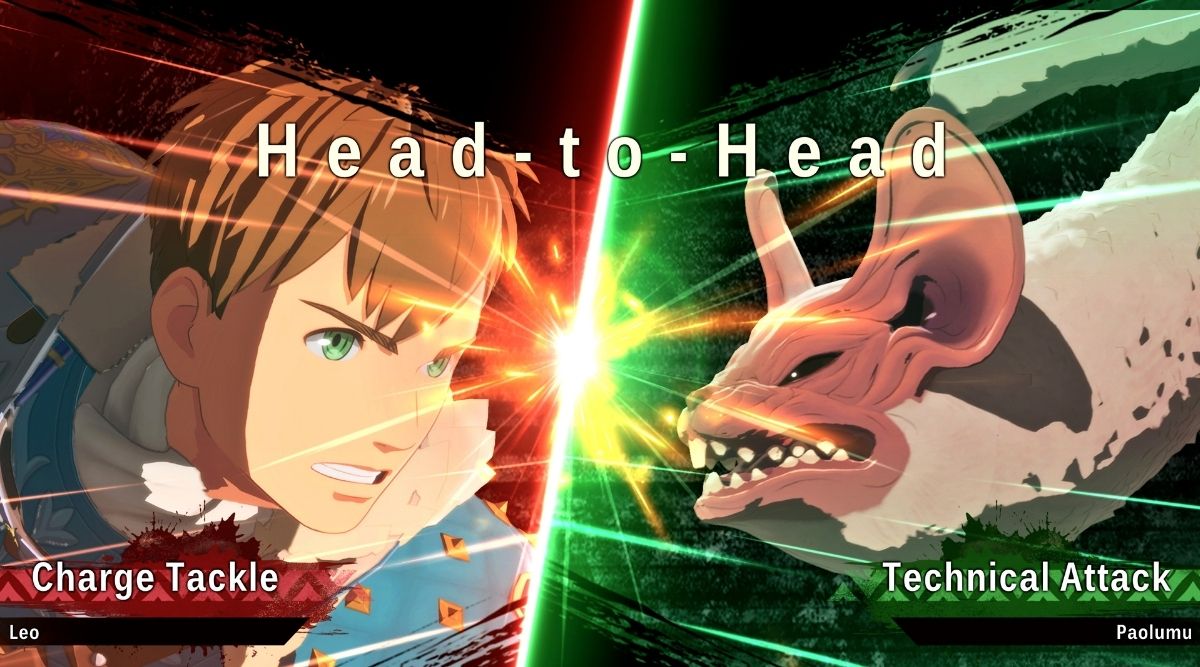
The looming presence of a mysterious Rathalos, a Monster Hunter icon, ties their fates together, while Eleanor’s doubts about her sister, the Queen, add political intrigue to the mix. It’s a step up from the more personal journey of Stories 2, which focused heavily on a Rider’s bond with a single Rathalos, expanding the narrative into larger political and ecological stakes.
My first takeaway is how smooth Monster Hunter Stories 3 plays. Whether running on PlayStation 5 or Switch 2, there weren’t noticeable hitches in combat or exploration. The animations, in particular, stand out on the Switch 2 hardware, a level of polish that immediately distinguishes it from its predecessor. Everything feels brighter, sharper, and more fluid, giving the game that extra “new generation” spark without losing the stylized charm that defines the series.
I didn’t get much time to fully explore the overworld—the demo was more combat-focused—but even the brief traversal sections felt familiar. Swapping Monsties on the fly to suit different terrain keeps the pace quick, and you can still roar at smaller wildlife to clear your path, making exploration less of a grind. And with a soundtrack that is as good as ever, who doesn’t want to ride around in this world?
The bond system defines the combat in Monster Hunter Stories 3.
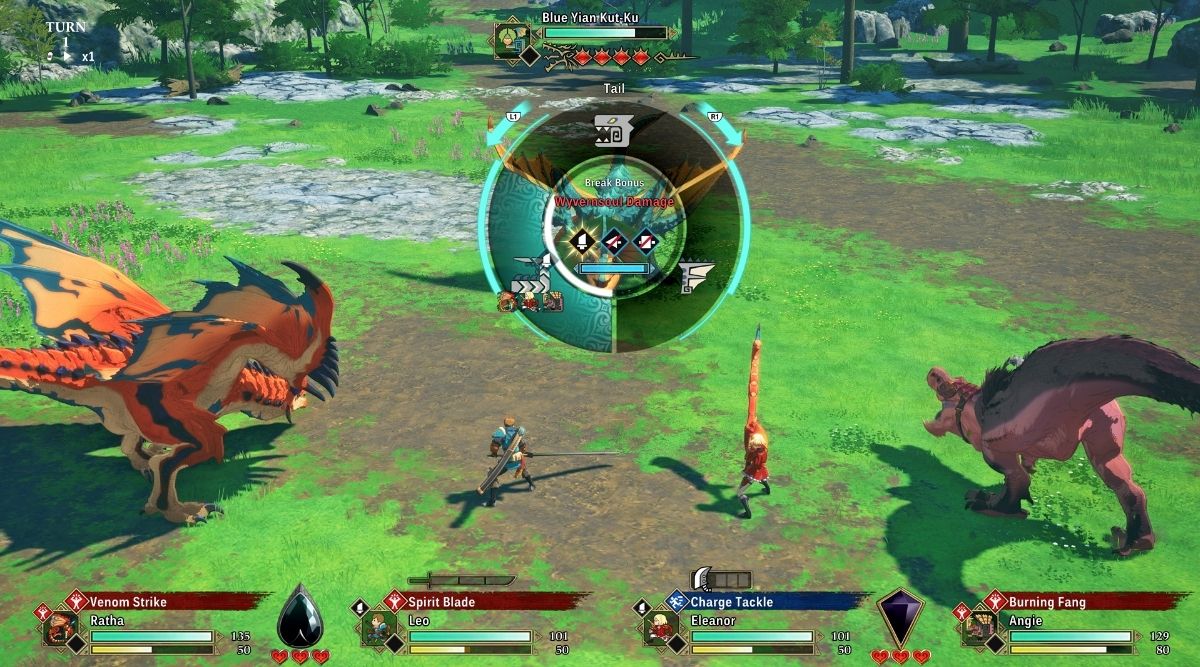
At its most basic, Monster Hunter Stories 3 still leans on the familiar rock-paper-scissors triad of attack types: power, speed, and technical. Picking the right matchup against an enemy’s move means extra damage, while the wrong call will quickly burn through your three available hearts if one of your party members falls. Smaller enemies can sometimes be brute-forced, but larger monsters with multiple target points—head, body, legs—require deliberate strategy.
What really defines the combat, though, is the bond system. As you fight alongside your Monsties, your bond meter rises, allowing you to trigger special joint attacks and combos that feel both cinematic and tactical. Building toward these finishers means thinking about positioning, timing, and party composition. Even though Monsties act with some autonomy, the system rewards careful planning and resource management.
For players who love customization and optimization, there’s a lot to sink into. Deciding which Monsties to bring, when to swap in their different acts, and how to maximize their skills with Rider actions makes each encounter feel like a puzzle. Even in a short demo session, it was clear that Monster Hunter Stories 3 rewards those who want to min-max their setups while still being approachable for newcomers.
The story takes a darker direction than past entries.
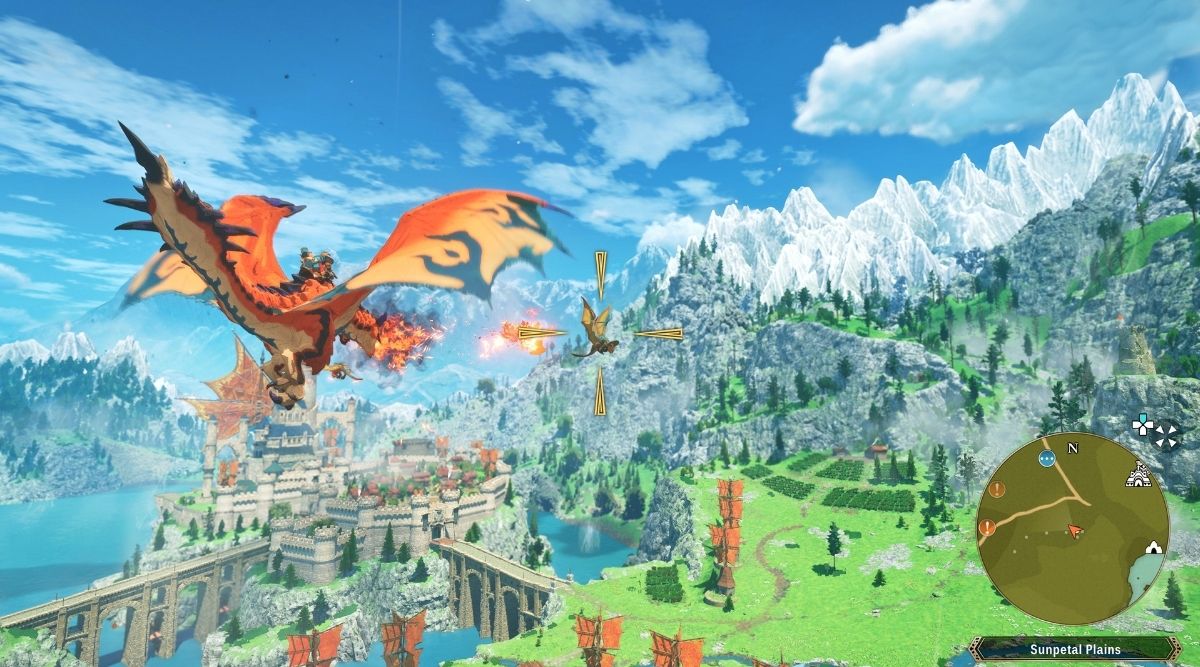
From what Capcom has revealed, Monster Hunter Stories 3 takes a darker direction than past entries. The world is threatened by a phenomenon known as Crystal Encroachment, a crisis that puts ecosystems and even entire kingdoms at risk. The early beats I saw felt very much in line with the series’ JRPG heritage, but the underlying tension gives the otherwise upbeat tone an edge that could push the storytelling further than before.
That said, the demo itself leaned into the series’ core strengths—colorful characters, strong monster designs, and a clear emphasis on building bonds rather than endlessly chasing the next giant boss fight. I’ll be honest: I could see myself sticking with Monster Hunter Stories 3 longer than Monster Hunter Wilds. Wilds is shaping up to be the massive, chaotic flagship experience, but Monster Hunter Stories 3 offers a calmer, more strategic alternative that might appeal even more to RPG players.
The hands-on demo for the Switch 2 build makes a strong case for how the new hardware can bring Capcom’s creature-bonding RPG to life. For longtime Monster Hunter fans or newcomers looking for a more traditional JRPG twist, Monster Hunter Stories 3: Twisted Reflection feels like it could be the most complete entry in the Stories series yet.

